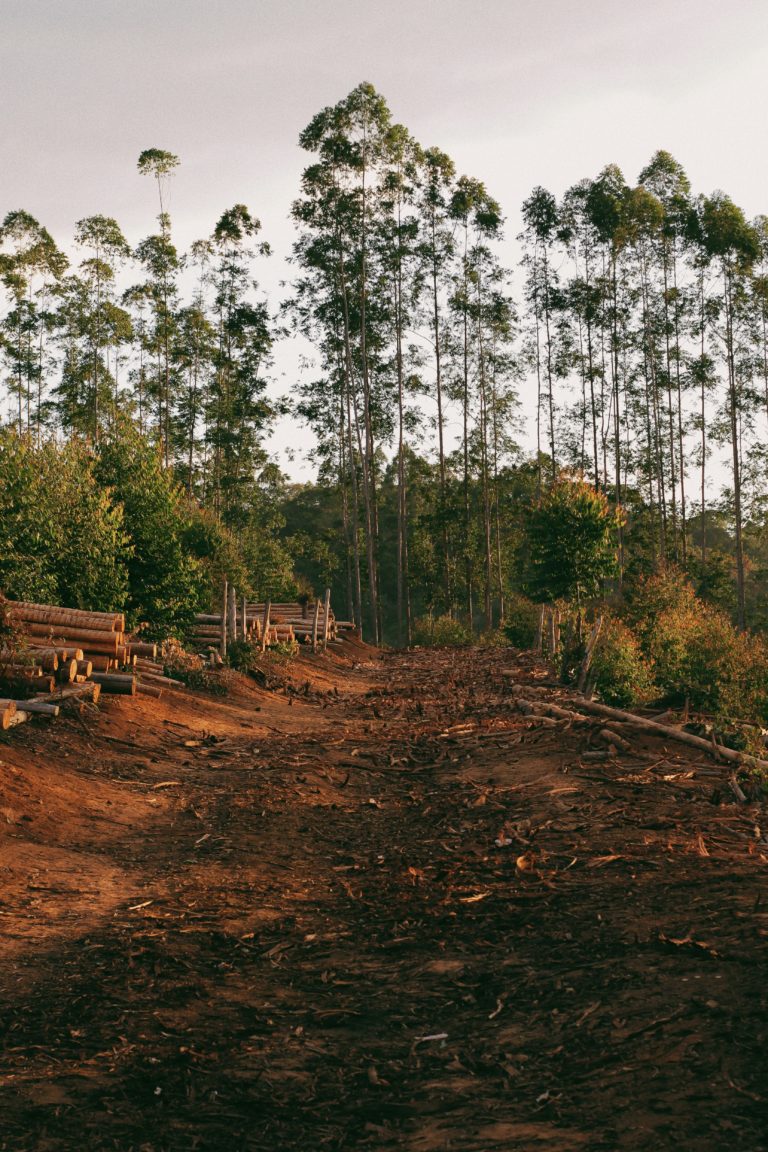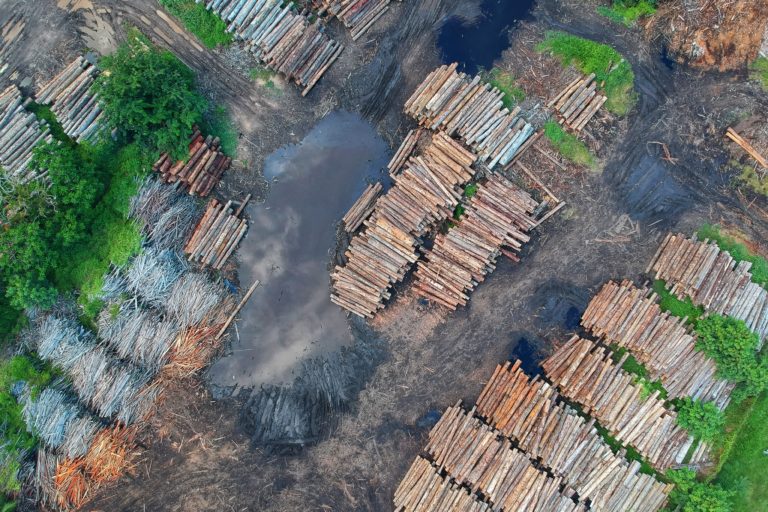Agriculture & Land use change
Given the known scale of environmental pressures associated with the food sector, an entire sub-project within PRINCE was dedicated to exploring the implications of agricultural production to meet Swedish demand. In particular, new indicators were developed for use of agrochemicals and for GHG emissions due to tropical deforestation resulting from land use change, supplementing existing data on other GHG emissions linked to agriculture.
Overview
PRINCE developed novel environmental extensions for the use of three types of pesticide – herbicides, fungicides and insecticides – along with the use of veterinary antimicrobials. The pesticide extensions built on data from the international FAOSTAT database. As the European Unions has the only consistent reporting system for veterinary antimicrobial use, the EU average was applied to countries beyond the EU.
For climate impacts, various GHG emissions extensions were taken from EXIOBASE related to food production: GHGs from fossil fuels, methane and nitrous oxide (NO2). The addition of land-use change-linked emissions (through work in a PRINCE case study) meant PRINCE sub-project could produce the most comprehensive GHG emissions indicators for Swedish food consumption yet available. This yielded per capita GHG emissions related to food consumption of 2.0 tCO2e in Sweden.
Capturing the heterogeneity of sub-national production in global trade flows
Case Studies
-
 21 Sep 2021
21 Sep 2021Case Study: Finer-grained footprinting to account for subnational variation
Case Study: Finer-grained footprinting to account for subnational variation This case study examined subnational sourcing, and deforestation risk, of soy production in Brazil for animal…
-
 21 Sep 2021
21 Sep 2021Case study: Deforestation and land-use change
Case study: Deforestation and land-use change Farming and forestry are major drivers of tropical deforestation – and associated carbon emissions and biodiversity loss – due…
Outputs
-
 27 Jan 2019
27 Jan 2019Deforestation displaced: Trade in forest-risk commodities and the prospects for a global forest transition
Deforestation displaced: Trade in forest-risk commodities and the prospects for a global forest transition Pendrill, F. Persson, U. M., Godar, J. and Kastner, T. (2019). Environmental…
-
 23 Jan 2019
23 Jan 2019Agricultural and forestry trade drives large share of tropical deforestation emissions
Agricultural and forestry trade drives large share of tropical deforestation emissions Pendrill, F., Persson, U. M., Godar, J., Kastner, T., Moran, D., Schmidt, S. and…
-
 01 Jan 2019
01 Jan 2019What is the impact of Swedish food consumption around the world?
Beyond the borders: Burdens of Swedish food consumption due to agrochemicals, greenhouse gases and land-use change Cederberg, C., Persson, U. M., Schmidt, S., Hedenus, F….